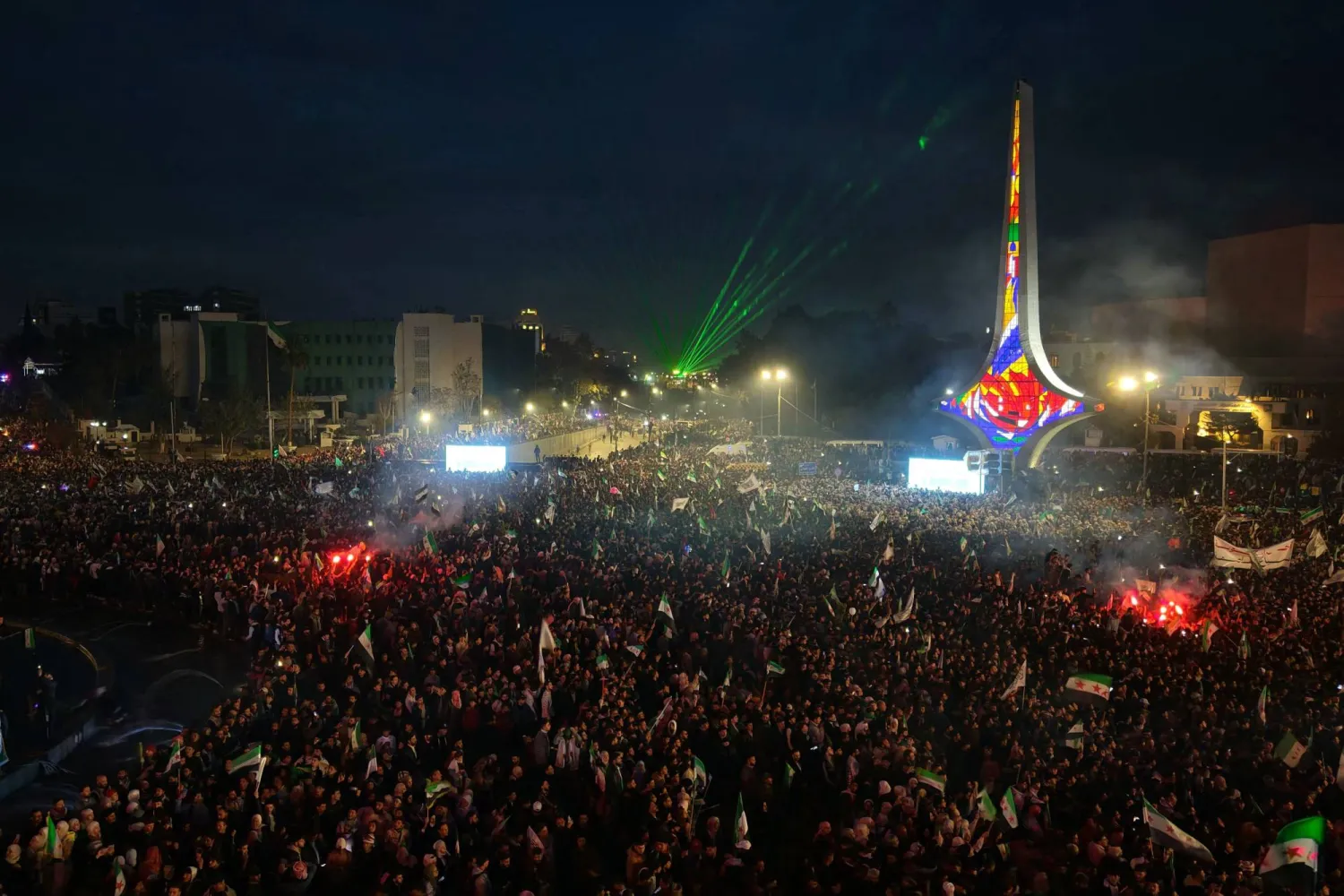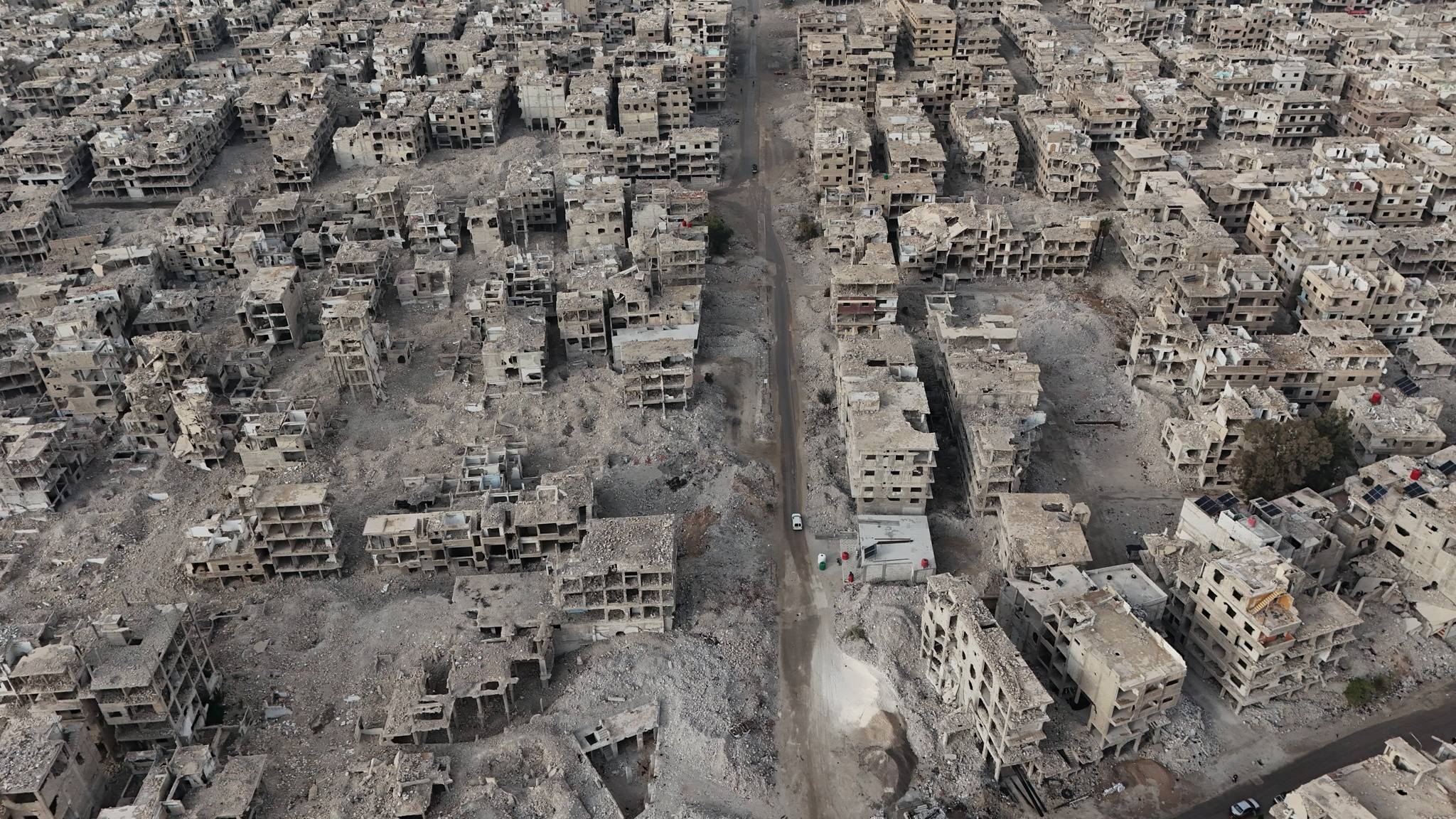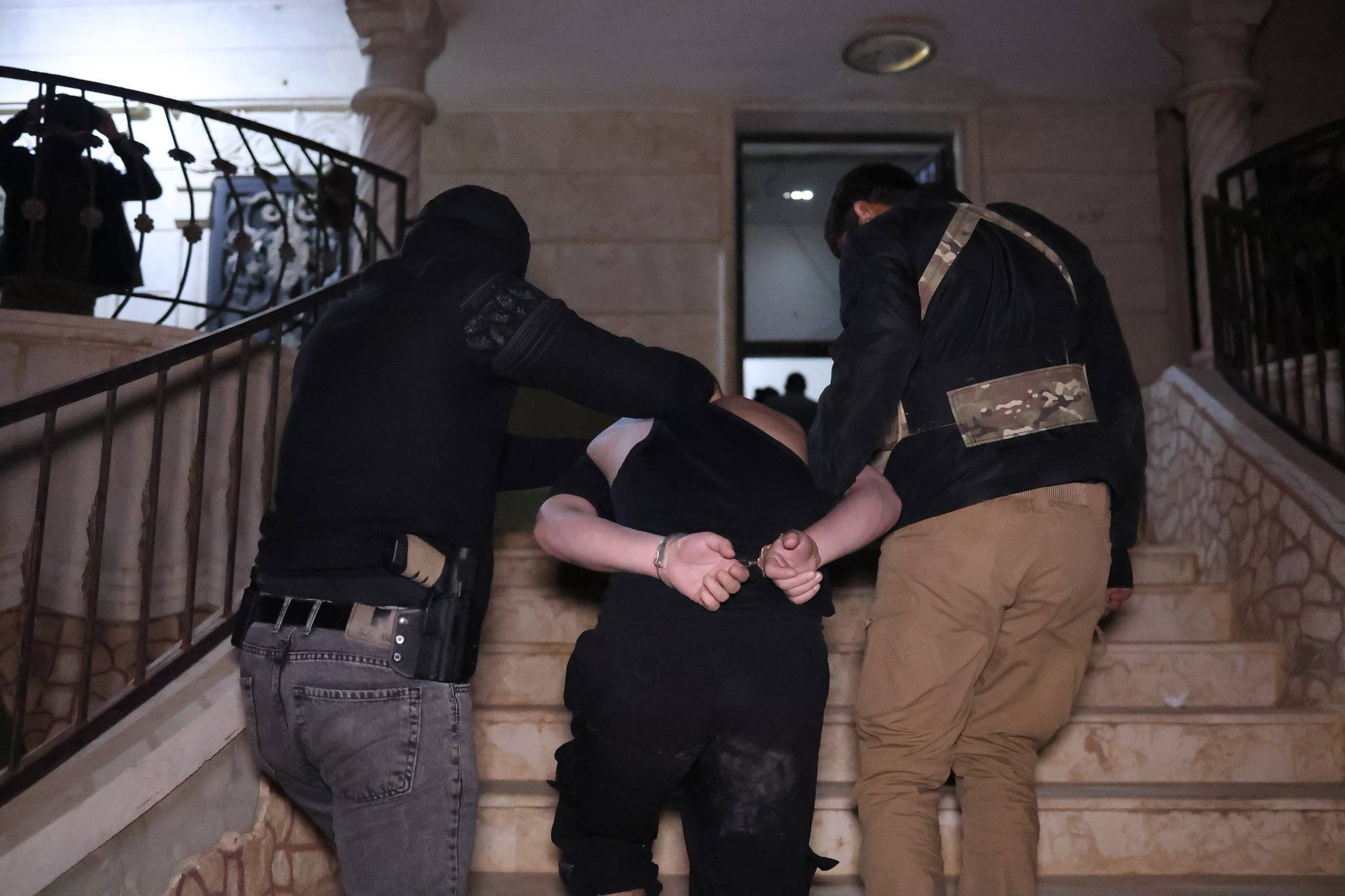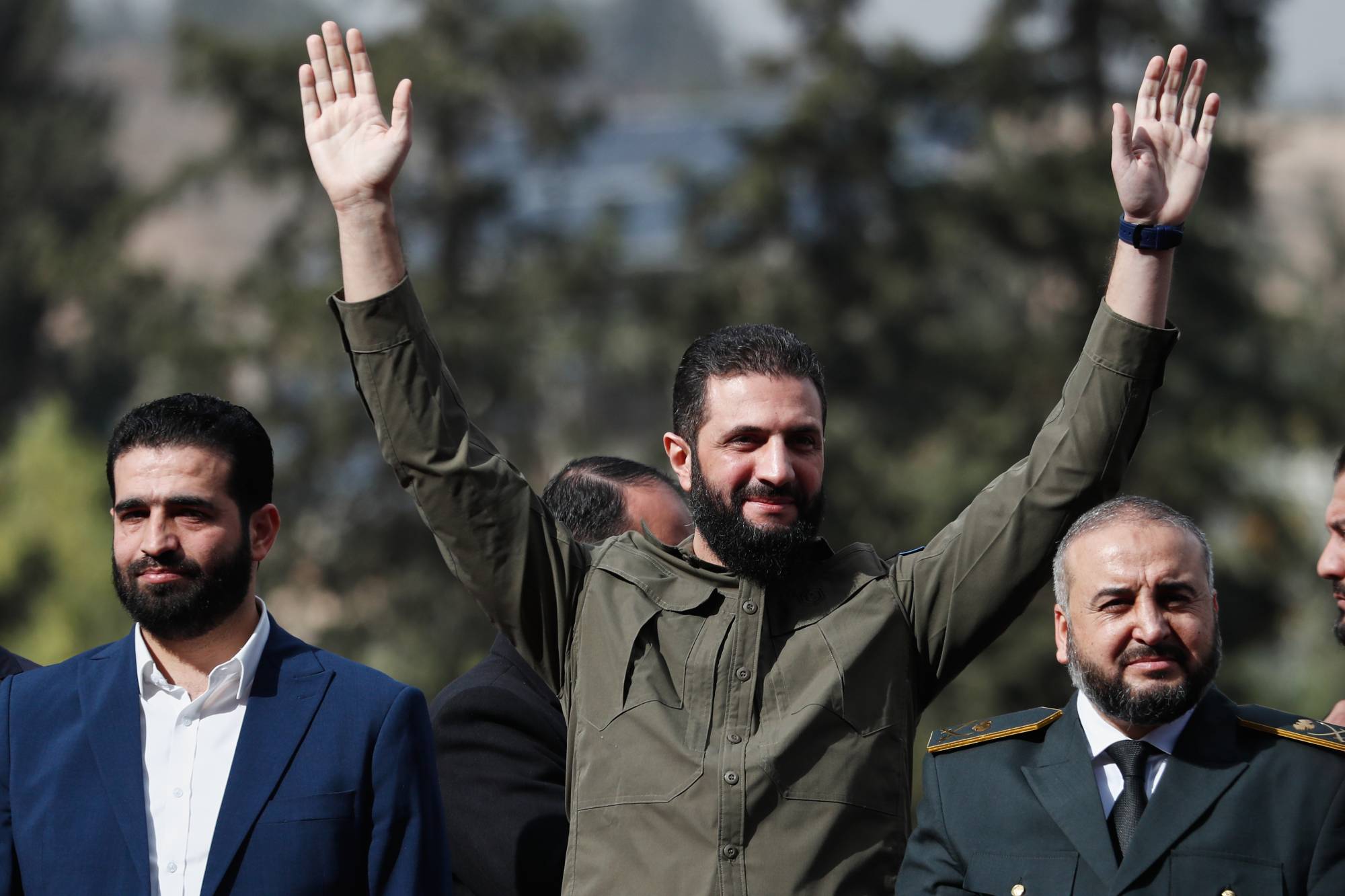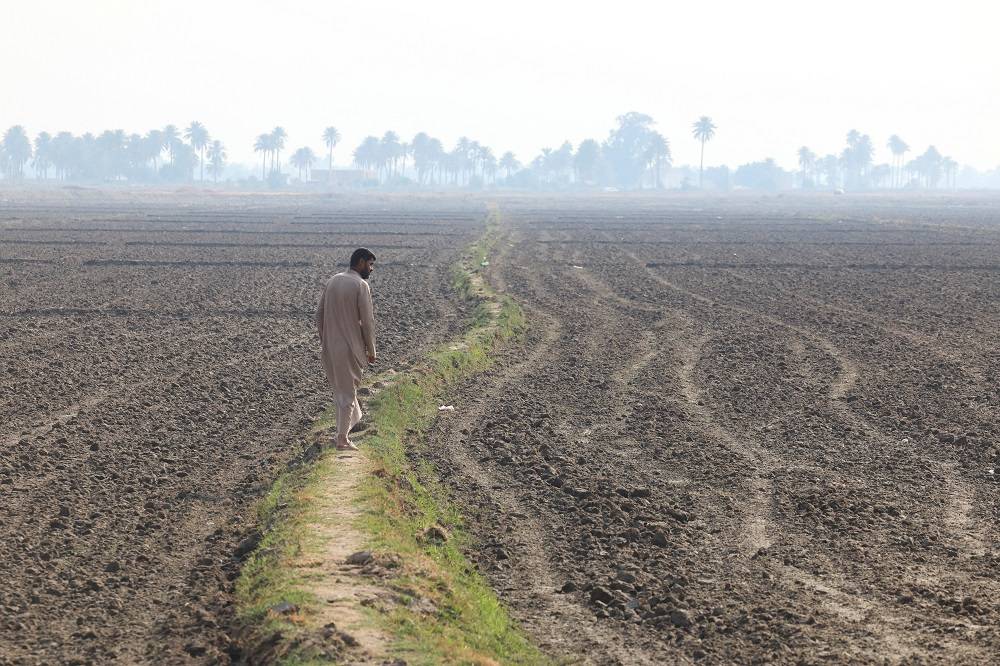The October 7 operation was an unexpected blow to Israel, uncovering the significant shortcomings in the Israeli political leadership, military, and intelligence systems.
It was not only due to the element of surprise, which Hamas effectively utilized, but also because of the advanced military capabilities of the seven leading brigades in the region, particularly the Qassam Brigades, Hamas's armed wing.
The Qassam Brigades stands out as the most prominent and well-equipped military force in all Palestinian territories, known for their fierce combativeness and high level of training.
Asharq Al-Awsat provides a detailed overview of the various militant Palestinian factions active in Gaza.
- Al-Qassam Brigades (Majd)
The Qassam Brigades, initially named "Majd," were founded in early 1988 and quickly became the most significant military force in the Gaza Strip and all Palestinian territories.
The name Majd remained associated with their secretive security apparatus aimed at tracking down Israeli intelligence collaborators.
Hamas chief in Gaza Yahya Sinwar was among the founders of Majd.
Since its inception, the Qassam Brigades have undergone several phases of evolution.
They gained significant notoriety in the early 1990s for carrying out bombing operations inside Israel.
Yahya Ayyash, one of its leading figures in the West Bank, became a symbol of the movement until his assassination in Gaza in 1996.
During the Second Intifada, the Brigades continued their bombing operations and successfully kidnapped Israeli soldier Gilad Shalit in 2006, leading to a prisoner exchange deal with Israel in 2011.
In 2007, the Qassam took military control of the Gaza Strip after clashes with Palestinian Authority (PA) security forces.
- 30,000 fighters
Throughout the years of the Intifada, the Brigades experimented with launching primitive rockets at Israel, which Palestinian officials described as 'futile.'
However, in early 2009, they surprised Israel by launching 'Grad' rockets capable of reaching distances of about 50 kilometers.
The Qassam Brigades are estimated to have about 30,000 fighters, known for their hierarchical organization, elite forces, and specialized units for tunnels, military production, and intelligence.
The tunnels have been a significant concern for the Israeli military. In 2014, the Brigades managed to hide two Israeli soldiers after capturing them in Gaza. Their fate remains unknown.
The Qassam Brigades first used Iranian-made Fajr missiles to strike Tel Aviv in 2012 as a response to the assassination of their senior leader, Ahmed Jabari.
They have since developed drones and numerous missiles that continue to surprise Israel in subsequent conflicts, including the 2014 war and the 2021 "Sword of Jerusalem" battle.
Prominent leaders of the Qassam Brigades, such as Yahya Ayyash, Imad Aqel, Salah Shehadeh, and Ahmed Jabari, have been assassinated by Israel.
Al-Qassam's leader and Israel's number one wanted, Mohammed Deif, survived numerous assassination attempts over the past 30 years.
- Al-Quds Brigades (Force #2)
The Islamic Jihad's military wing, the al-Quds Brigades, is the second most powerful force in the Palestinian territories.
It was founded during the Second Intifada in 2000 and has close ties to Iran and Hezbollah.
The group has approximately 11,000 fighters and a variety of light, medium, and long-range missiles. It plays a significant role in the region, though it lacks the extensive tunnel network and impact of the Qassam Brigades.
Al-Quds Brigades have consistently challenged the Israeli defense system over the years, especially in the escalating rounds of conflict in Gaza, during which Hamas often refrained from participating.
Over the years, Israel has assassinated several leaders of al-Quds Brigades in the Strip and the West Bank. Among the most notable were Muqled Hamid, Bashir al-Dabash, Aziz al-Shami, Khaled Dahdouh, Majed Harazin, Baha Abu al-Ata, Khaled Mansour, and others from Gaza and the West Bank.
In recent years, particularly in the West Bank, the movement has gained prominence through the "Jenin Brigades," one of the al-Quds Brigades' most important military formations in the northern West Bank.
The battalion carried out a series of armed attacks, with many of its leaders being assassinated, including Mohammad Zubaidi recently.
- Al-Nasser Brigades
The al-Nasser Salahadin Brigades is the armed wing of the Popular Resistance Committees in Palestine, founded by Jamal Abu Samhadana, who was assassinated in 2006 during the onset of the Second Intifada in 2000.
They are considered the third-largest force, comprising about 5,000 fighters and possessing dozens of rockets and mortar shells.
The brigades executed its first operation in late 2000, detonating large explosive devices on an Israeli tank at the Netzarim junction, killing two Israeli soldiers.
They received support from Hezbollah and the Islamic Jihad Movement and have participated in several operations, including raids on Gaza settlements before the withdrawal, killing numerous Israelis.
Israel has assassinated many of its leaders, including Kamal al-Nairab and Zuhair al-Qaisi, successors to Abu Samhadana.
- Al-Aqsa Martyrs' Brigades
The al-Aqsa Martyrs' Brigades, the Fatah movement's military wing, has become the fourth most vital force after being the leading military power during the early stages of the Intifada.
During that period, they carried out a series of major attacks against Israelis, including operations within Israeli cities.
Previously known under several names, including "The Storm," they participated in numerous operations inside and outside Palestine.
Currently, the Brigades consist of about 2,000 fighters with light and medium weapons and locally made rockets with a range of about 16 km from the Gaza border.
During the Second Intifada, they carried out various operations in the West Bank and Gaza.
Many of their leaders were assassinated by Israel, and their presence has significantly declined after President Mahmoud Abbas officially disbanded them in 2007, integrating their members into security forces.
Israel assassinated some of its members who recently re-emerged in Jenin and Nablus.
- The Abu Ali Mustafa Brigades
The Abu Ali Mustafa Brigades are the military wing of the Popular Front for the Liberation of Palestine (PFLP).
It was named in honor of the slain general secretary of the organization, Abu Ali Mustafa, in 2001, who was assassinated by Israel in his office in Ramallah during a helicopter strike.
The group is currently considered the fifth force, with hundreds of fighters based in Gaza and the West Bank. They are equipped with light and medium weaponry and locally manufactured missiles.
The group executed several attacks, most notably in response to the assassination of their general secretary. They assassinated the former Israeli Tourism Minister, Rehavam Ze'evi, in 2001 in a hotel in West Jerusalem.
In 2002, the current general secretary of the Brigades, Ahmad Saadat, was arrested along with other leaders on charges of planning and participating in the assassination.
Palestinian security forces initially held them before being transferred to Jericho Central Prison.
Four years later, Israeli forces raided the prison, detaining them and later sentencing them to life imprisonment.
- National Resistance Brigades
The National Resistance Brigades are the military wing of the Democratic Front for the Liberation of Palestine. They have operated under various names before the Intifada.
The Brigades are the sixth most formidable force, with hundreds of fighters. They are armed with light and medium weapons and locally made missiles.
Over the years, and particularly during the Second Intifada, the National Brigades have carried out a series of attacks, killing several Israelis. Many of its leaders and members have also been killed.
- The al-Mujahideen Brigades
The Al-Mujahideen Brigades are a military group initially emerging from the Fatah movement before declaring their complete separation.
Comprising hundreds of fighters, the Brigades are equipped with light and medium weaponry, as well as rockets capable of reaching Israeli cities such as Ashkelon and Sderot.
Since the outset of the Intifada, the al-Mujahideen have executed a series of attacks, during which Israeli forces have killed some of their leaders.






